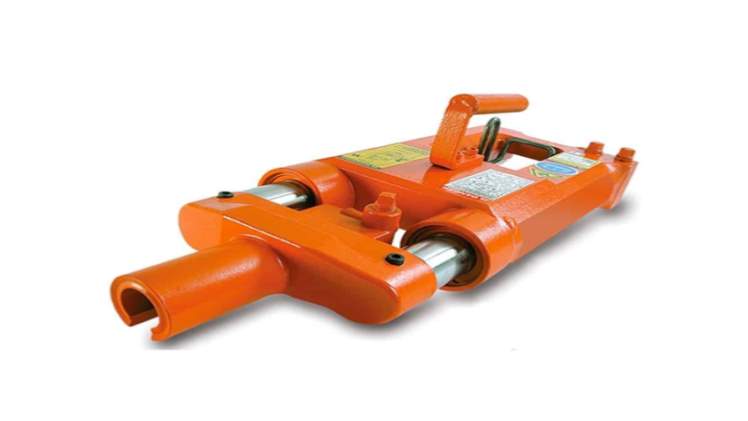What Is Post Tensioned Concrete?

Post-tensioned concrete is an increasingly popular choice for construction projects. This type of concrete is tensioned before it sets, which results in a solid and stable product. Post-tensioning can create everything from pavements to enormous skyscrapers, making it a versatile option for many projects. Here’s what you need to know if you’re considering post-tensioned concrete for your next construction project.
What is post-tensioned concrete?
It is a type of concrete that is reinforced with high-strength steel cables. The cables are typically anchored to the concrete at both ends, and they are tensioned after the concrete has cured. This process increases the compressive strength of the concrete and helps to resist forces such as wind and earthquake loads.
It is often used in constructing bridges, parking garages, and high-rise buildings. While it is more expensive than traditional reinforced concrete, post-tensioned concrete can offer superior strength and durability. As a result, it has become an increasingly popular choice for many engineering applications.
What are the benefits of using it compared to traditional concrete methods?
Traditional concrete is a tried-and-true building material that has been used for centuries. It is solid and durable, but it can also be relatively rigid. This rigidity can be both a blessing and a curse, making traditional concrete ideal for building load-bearing structures like bridges and buildings.
However, this rigidity can also lead to cracking and other damage when the ground underneath settlements is subject to other movements. Post-tensioned concrete is less likely to crack than traditional concrete, making it a more durable option.
As a result, post-tensioned concrete has many advantages over conventional concrete, making it an increasingly popular choice for building construction.
How is post-tensioning done, and who can do it?
It is a construction technique that helps to reinforce concrete or other masonry structures. It can provide greater strength and stability to a design. In addition, post-tensioning can be used to repair existing systems whose weaknesses have been damaged in the material.
While professional contractors typically do post-tensioning, homeowners can do it themselves with the help of hydraulic jacks. Post Tension Hydraulic jacks are specially designed to apply the necessary force to the cables, and they can be rented or purchased from most hardware stores.
With the right tools and instructions, it can be a simple and effective way to improve the strength of your home.
Post-tensioned concrete projects should consider what factors?
When designing a project that will use post-tensioned concrete, there are a few key factors to keep in mind:
The dimensions of the slab must be carefully considered. The thickness of the slab will affect the amount of tension that can be applied, and the length and width will determine the distribution of that tension.
The type of concrete must be chosen carefully. A higher-strength concrete will be able to resist greater tension without cracking.The tendons themselves must be designed with care.
The number, size, and configuration of tendons will all affect the amount of tension that can be applied and the structure’s overall strength. By taking all of these factors into account, it is possible to design a post-tensioned concrete structure that is both strong and safe.
Bottom line.
If you are considering using post-tensioned concrete on your next project, consult an experienced contractor who can help you choose the correct type and grade of concrete for your needs.





